Indoor plants bring life and beauty to our homes, but they can also attract unwanted guests: bugs. Pests like fungus gnats, spider mites, and mealybugs thrive in the cozy conditions of indoor environments, often hitching a ride on new plants or sneaking in through open windows. Early identification and natural solutions are key to keeping your plants healthy without resorting to harsh chemicals, especially in homes with pets or kids. This guide will walk you through identifying common indoor plant pests, tackling infestations with safe and effective methods, and preventing future issues. Let’s dive into how to get rid of bugs on indoor plants and keep your green friends thriving.
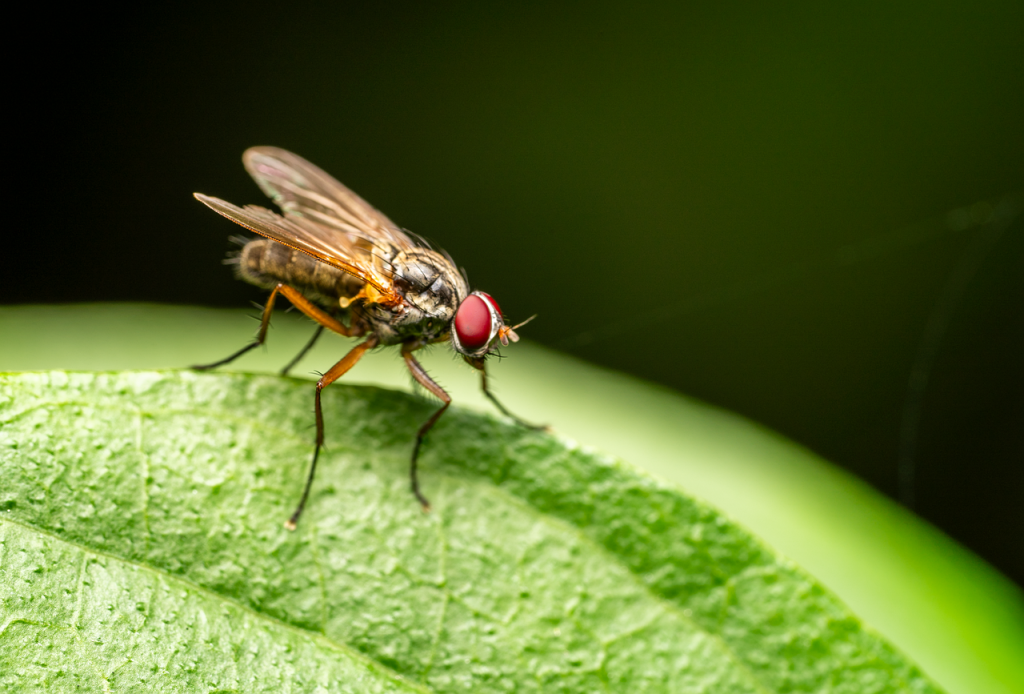
Common Indoor Plant Bugs
Understanding the pests you’re dealing with is the first step to effective control. Here are the most common culprits, along with their telltale signs:
1. Fungus Gnats
- Appearance: Tiny, dark, mosquito-like flies (1/8 inch long) that hover around soil.
- Signs of Infestation: Adults flying near plants, larvae in soil causing root damage, or wilting despite proper care.
- Where They Appear: Moist soil, especially in overwatered plants.
2. Spider Mites
- Appearance: Minuscule (1/50 inch), reddish or pale dots, often with fine webbing.
- Signs of Infestation: Yellowing or stippled leaves, webbing on leaf undersides, or a dusty look.
- Where They Appear: Undersides of leaves, thriving in dry, warm conditions.
3. Aphids
- Appearance: Small, pear-shaped insects (green, black, or white) clustering on new growth.
- Signs of Infestation: Sticky residue (honeydew), curled leaves, or stunted growth.
- Where They Appear: New stems, buds, or leaf undersides.
4. Mealybugs
- Appearance: White, cottony masses, often mistaken for mold.
- Signs of Infestation: White, fuzzy patches, sticky leaves, or yellowing foliage.
- Where They Appear: Leaf joints, stems, or under leaves.
5. Scale
- Appearance: Small, brown, or tan bumps that look like part of the plant.
- Signs of Infestation: Hard, waxy shells on stems or leaves, sticky residue, or leaf drop.
- Where They Appear: Stems and leaf veins, often blending into the plant.
6. Whiteflies
- Appearance: Tiny, white, moth-like insects that fly when disturbed.
- Signs of Infestation: Clouds of white insects, sticky honeydew, or yellowing leaves.
- Where They Appear: Undersides of leaves, especially on new growth.
Inspect your plants weekly, focusing on soil, leaf undersides, and new growth. Early detection makes pest control much easier.
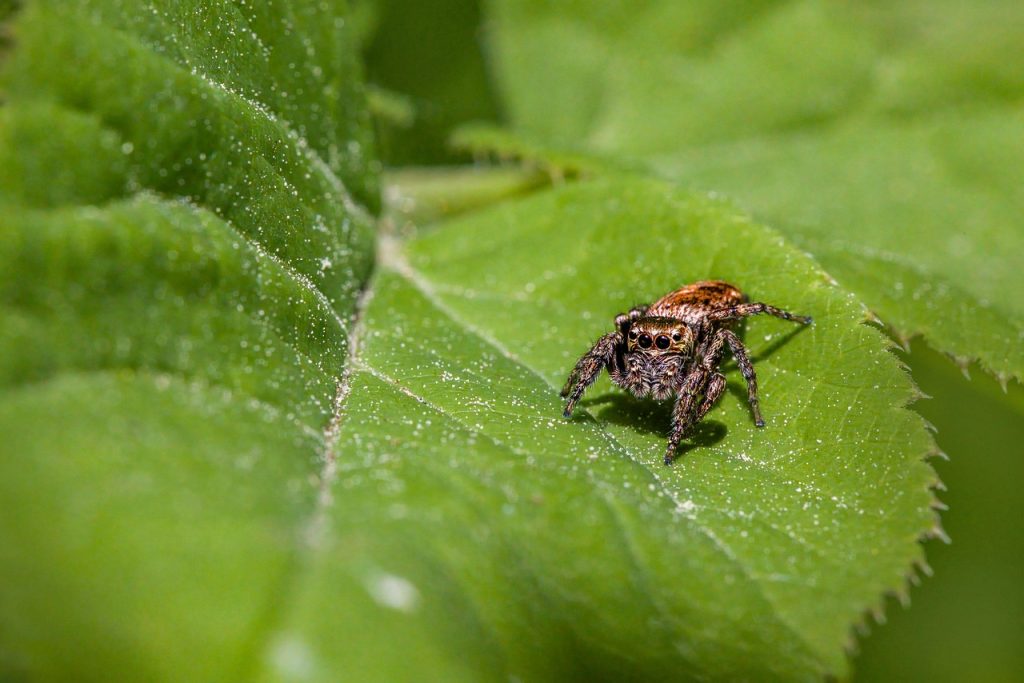
Natural Bug Control Methods
Natural remedies are effective, affordable, and safe for indoor environments. Here’s how to tackle pests using proven methods:
Neem Oil Spray
- What It Does: Neem oil disrupts pests’ life cycles, repelling adults and killing larvae.
- How to Make: Mix 1 tsp neem oil, 1/2 tsp mild liquid soap (like Castile), and 1 quart warm water. Shake well.
- How to Apply: Spray on affected areas, focusing on leaf undersides. Apply every 7–10 days until pests are gone. Test on a small leaf first to ensure plant tolerance.
- Best For: Spider mites, aphids, whiteflies, and mealybugs.
Insecticidal Soap
- What It Does: Suffocates soft-bodied pests on contact.
- How to Make: Combine 1 tbsp mild dish soap (free of fragrances or antibacterials) with 1 quart water.
- How to Apply: Spray directly on pests, ensuring thorough coverage. Rinse leaves after 1–2 hours to prevent soap buildup. Repeat weekly.
- Best For: Aphids, whiteflies, and spider mites.
Diatomaceous Earth
- What It Does: This powdery substance dehydrates pests by damaging their exoskeletons.
- How to Apply: Sprinkle food-grade diatomaceous earth lightly on soil for fungus gnats or dust on leaves for crawling pests. Reapply after watering.
- Best For: Fungus gnats and crawling pests like mealybugs.
Rubbing Alcohol Swabs
- What It Does: Dissolves the protective coating of pests like mealybugs and scale.
- How to Apply: Dip a cotton swab in 70% isopropyl alcohol and dab directly on pests. For larger infestations, dilute 1 part alcohol with 3 parts water and spray. Rinse after 1 hour.
- Best For: Mealybugs and scale.
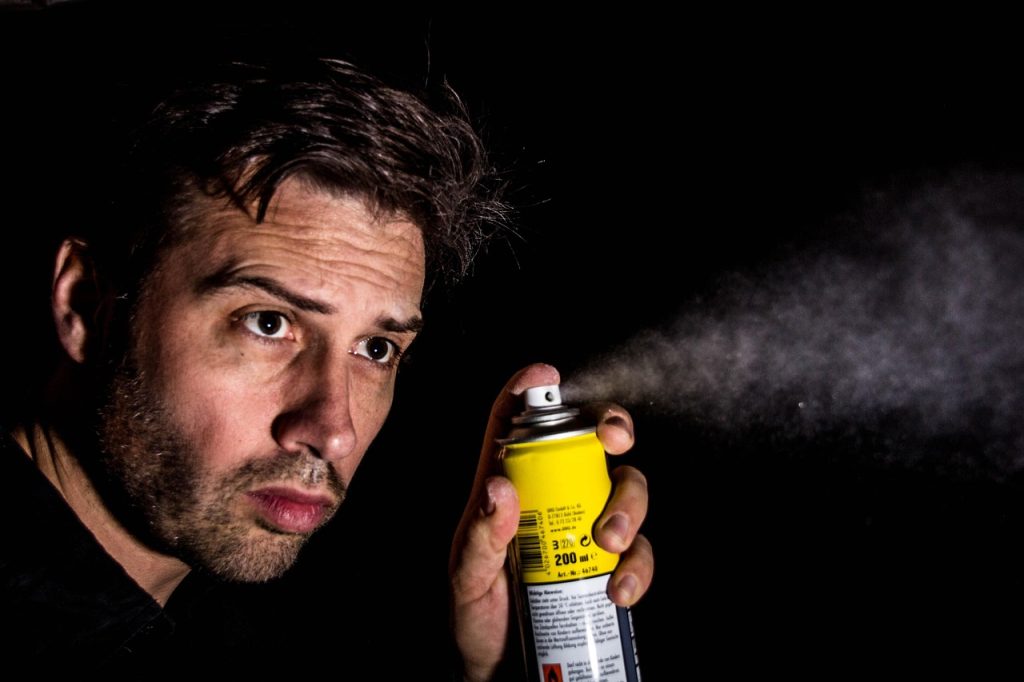
DIY Remedies
For plant parents who love a hands-on approach, these DIY solutions are budget-friendly and effective:
Garlic or Chili Spray
- What It Does: Repels pests with strong odors and natural compounds.
- How to Make: Blend 2–3 garlic cloves or 1 tbsp chili powder with 1 cup water. Strain and dilute with 1 quart water. Add a drop of dish soap.
- How to Apply: Spray on affected areas every 5–7 days. Avoid overuse to prevent leaf burn.
- Best For: Aphids and spider mites.
Hydrogen Peroxide for Fungus Gnats
- What It Does: Kills larvae in soil while aerating roots.
- How to Make: Mix 1 part 3% hydrogen peroxide with 4 parts water.
- How to Apply: Water soil with the solution to target larvae. Let soil dry out between waterings to prevent reinfestation.
- Best For: Fungus gnats.
Cinnamon Powder on Soil
- What It Does: Acts as a natural antifungal and pest repellent.
- How to Apply: Sprinkle a thin layer of ground cinnamon on soil. Reapply after watering.
- Best For: Fungus gnats and soil-dwelling pests.
Read More: Best Low Maintenance Indoor Plants
Pet- and Child-Safe Pest Control
Households with pets or kids require extra caution. Here are safe options to keep everyone protected:
- Stick to Natural Remedies: Neem oil, insecticidal soap, and diatomaceous earth (food-grade) are non-toxic when used as directed. Ensure plants are dry before pets or kids interact with them.
- Use Sticky Traps: Yellow sticky traps attract and capture flying pests like fungus gnats and whiteflies. Place them near plants but out of reach of curious hands or paws.
- Avoid Harsh Chemicals: Skip synthetic pesticides, which can linger in indoor air and harm sensitive family members.
- Clean Up Residues: Wipe leaves after treatments to remove any residue that pets might lick or kids might touch.
- Ventilation: Apply treatments in a well-ventilated area and keep treated plants away from living spaces for 24 hours.
Always store pest control materials securely and test treatments on a small plant area first.
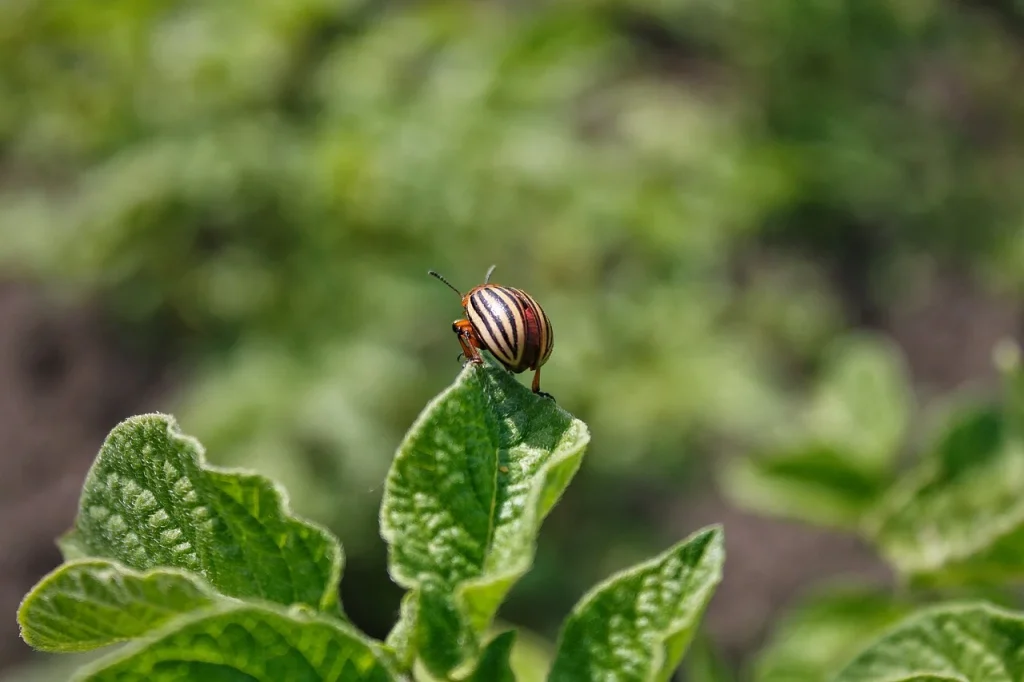
Long-Term Prevention Tips
Prevention is easier than dealing with an infestation. Adopt these habits to keep bugs at bay:
- Clean Leaves Regularly: Wipe leaves with a damp cloth to remove dust and potential pest eggs. This also improves photosynthesis.
- Improve Air Circulation: Use a small fan or space plants to prevent humid, stagnant conditions that pests love.
- Use Sterile Soil: Opt for high-quality, sterile potting mix to avoid introducing pests or pathogens.
- Quarantine New Plants: Isolate new plants for 2–4 weeks to monitor for pests before integrating them with your collection.
- Bottom Watering: Water plants from the base to keep soil surfaces dry, discouraging fungus gnats.
- Monitor Humidity and Watering: Avoid overwatering, and maintain humidity levels suited to your plants (e.g., low for succulents, high for tropicals).
- Inspect Regularly: Check soil, leaf undersides, and new growth weekly for early signs of trouble.
When to Use Chemical Solutions
Natural remedies work for most infestations, but severe cases may require chemical solutions. Use these sparingly and safely:
- Safe Options: Look for indoor-approved pesticides labeled for houseplants, such as pyrethrin-based sprays or systemic granules (e.g., Bonide Houseplant Insect Control).
- How to Apply: Follow label instructions precisely. Apply in a well-ventilated area, and keep plants away from living spaces until dry. Wear gloves and avoid inhaling fumes.
- When to Use: Reserve chemicals for heavy infestations that natural methods can’t control, like persistent scale or whiteflies.
- Follow-Up Care: Monitor plants for stress after treatment, and rinse leaves to remove residue. Avoid overuse to prevent pest resistance.
Always check if the product is safe for your specific plant species, as some (like ferns or orchids) are sensitive to chemicals.
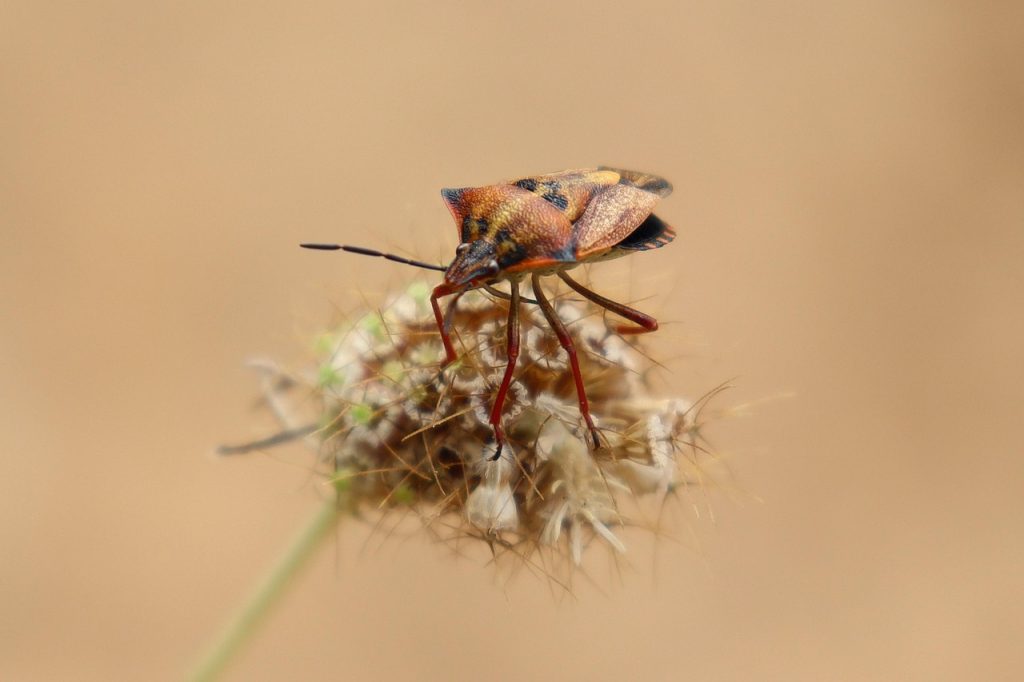
FAQs
Bugs are attracted to indoor plants due to overwatering, high humidity, or poor air circulation. New plants or open windows can also introduce pests.
For fungus gnats, let soil dry out between waterings, use sticky traps, and apply a hydrogen peroxide soil drench. Bottom watering helps prevent reinfestation.
Neem oil is generally safe but can burn sensitive plants like ferns or orchids. Always test on a small area and dilute properly.
Dab mealybugs with a cotton swab dipped in 70% rubbing alcohol. For larger infestations, spray with diluted alcohol or neem oil, repeating every 7 days.
Quarantine new plants, use sterile soil, clean leaves regularly, and avoid overwatering. Check plants weekly for early signs of pests.
Conclusion
Keeping indoor plants bug-free is achievable with vigilance and the right strategies. Natural remedies like neem oil, insecticidal soap, and diatomaceous earth are safe and effective for most pests, while DIY solutions like garlic spray or cinnamon powder offer budget-friendly alternatives. For homes with pets or kids, prioritize non-toxic treatments and good plant hygiene. Regular inspections, proper watering, and quarantine habits are your best defense against future infestations. By combining these natural, safe methods with consistent care, your indoor plants can thrive pest-free, bringing joy and greenery to your home year-round.